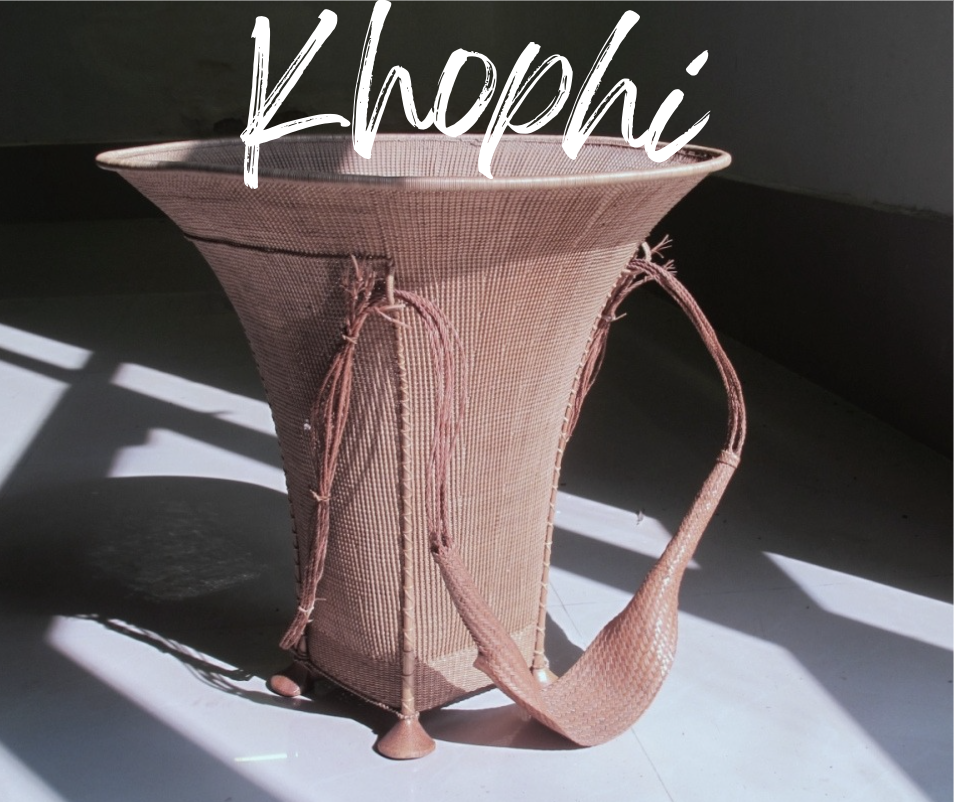Guide To Import Vietnamese Craft Products Into France And Rest Of Europe
Apr 26, 2022 | Link Ha
 This Blog covers some of the most interesting aspects of handmade products in Vietnam.
The heritage crafts of Vietnam include wooden furniture, porcelains, lacquers, embroidery, candles, jewels, artificial flowers, and glass products.
This Blog covers some of the most interesting aspects of handmade products in Vietnam.
The heritage crafts of Vietnam include wooden furniture, porcelains, lacquers, embroidery, candles, jewels, artificial flowers, and glass products. Vietnam is considered a land of handicrafts, which has witnessed successive periods of conflict, the return of peace, and the rebirth of ancient traditions. Stability and the integration of Vietnamese arts and crafts industries into the world markets are now bringing about an even greater diversification and enrichment of such crafts within the nation itself. Vietnam’s handicraft products include five groups such as bags, purses, suitcases, hats, and umbrellas; toys, sports equipment, and parts; ceramics; rattan, bamboo, sedge products; and art wood products.

Photo: NGUYỄN TẤN TUẤN
To the people of Vietnam, arts and handicrafts have always had a profound historical and social significance and continue to play a major role in every aspect of their material and spiritual lives today. The tree's body is often treated as a valuable material to build houses and make household equipment such as tables, chairs, bookshelves, or agricultural tools such as shovels, hoes, or plows. It has also become material for interior decorations such as lamps, plates, chopsticks, and other souvenirs. In addition, the bamboo tree has nutritional value as bamboo shoots are commonly found in Vietnamese kitchens.
Vietnam's one-of-a-kind and environmentally sustainable handicraft items have made a strong impression on foreign buyers. From an economic point of view, handicrafts are identified as one of the product groups with great export potential and a high-profit margin that Vietnam needs to boost in the future. In particular, they highly value bamboo-based handicrafts.

The craft villages Rattan: Phú Vinh ; Bamboo: Ðồi Ba, Yên Kiên and Phù Yên ;Photo: books.openedition.org
According to the statista, in 2020, the merchandise export price index for rattan, bamboo, and rush products in Vietnam amounted to approximately 114.61 index points. The country's merchandise export price index was at 117.23 points in that year.
The important facts about importing from Vietnam to the EU
Vietnam is the 17th largest exporter of goods in the European Union. It is the 2nd largest exporter to the EU from the ASEAN block.
EU tariffs are some of the world's lowest, and the EU lowered tariffs on Vietnamese goods to 0% for many popular products such as electronics.
The EU market will remove almost all taxes on Vietnamese goods within five years (except local VAT taxes).
The EU market relies a lot on developing countries to import goods such as textiles and electronics.
The EU is a great export destination for all Vietnamese manufacturers looking to export raw materials and intermediary goods to help manufacture in Europe.

Merchandise export price index for rattan, bamboo, and rush products in Vietnam from 2014 to 2020
How to import into the EU from Vietnam? These guidelines will help you get started.
Four steps to import products into France and the EU
Step 1: Find a supplier.
- Assess a market where the local government can cultivate a supportive environment that favors local artisans and manufacturers
- Find businesses and compare the competitiveness of potential suppliers (e.g., price comparison, including import-related costs such as tariffs and transport costs).
- Identify business partners/suppliers.
- Identify an agency/institution/partner to support the formalities of the import processes (e.g., to prepare contracts, payment terms, supplier creditworthiness).
Step 2: Assess import conditions and duties and ensure the product complies with EU requirements
- Obtain an Economic Operators Registration and Identification (EORI) number.
- Check that no import restriction is applied.
- Check if the EU has a trade agreement with the country you want to import
- Assess if your product complies with the applicable rules of origin and identify the applicable duty rate.
- Determine if other duties (e.g., trade defense) or internal taxes apply.
- Identify health, safety, environmental and technical requirements in the EU.
- Ensure that the product complies with the requirements and that the supplier can provide the necessary certification.
- Check EU packaging and labeling rules.
- Determine whether a certificate of origin is required, which the exporter must provide, and what type of certificate must be presented, depending on whether or not there is an applicable trade agreement or trade arrangement between the EU and the country of origin of the goods.
Step 3: Prepare the sale and arrange transportation.
- Prepare and sign the contract with the supplier, including an agreement on who is responsible for what, and organize the transport process.
- Coordinate with potential institutions supporting the process.
Step 4: Prepare documents for border clearance
- Contact a customs representative for advice if in doubt
- Guarantee the availability of the entry summary declaration
- Prepare the below documents for import clearance:

Shipping Methods
Maritime transport

Rail transport
Payment Methods
Cash In Advance
Open Account
Letter of Credit
Documentary Collections
Popular Financial Systems Used For Paying Vietnamese Suppliers
Recommended








